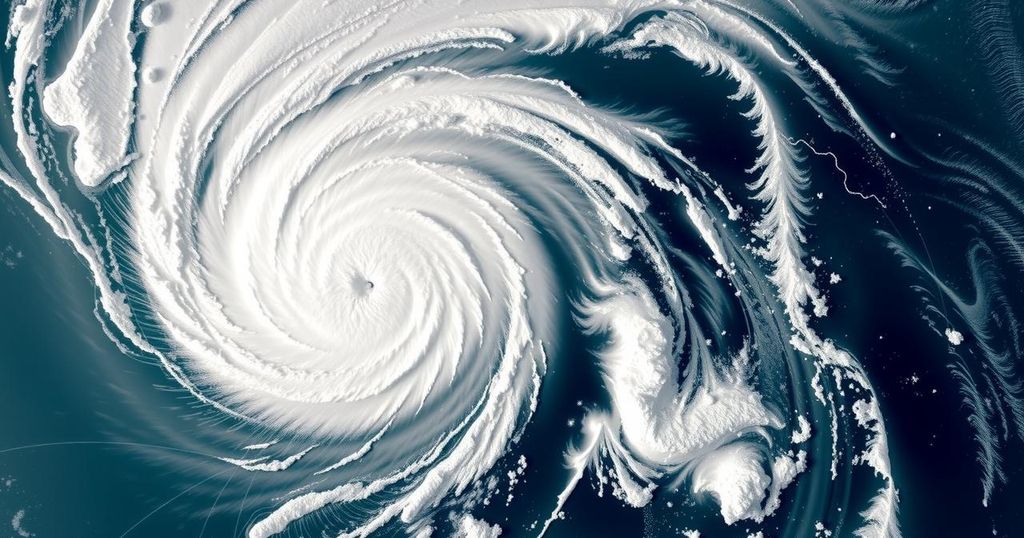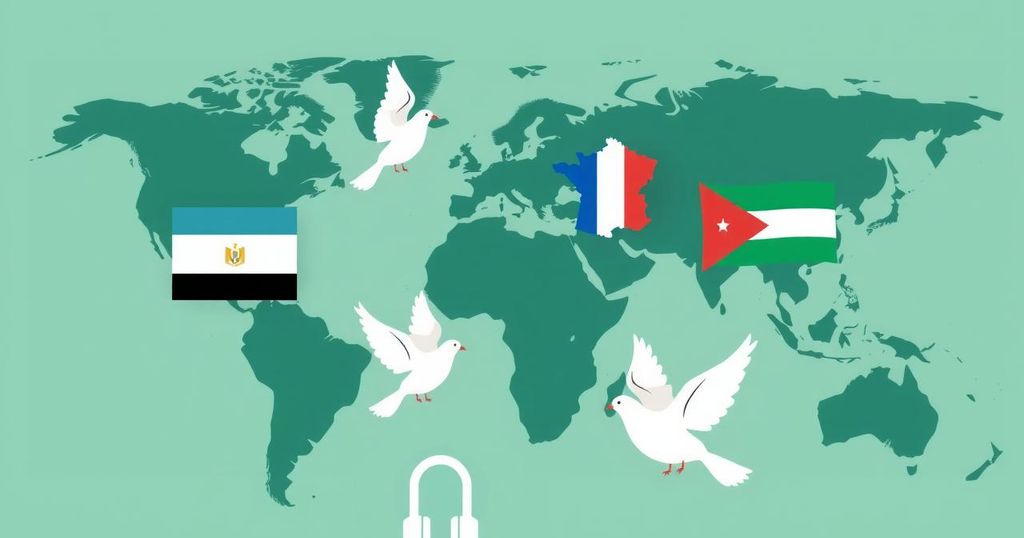Tropical Cyclone Dikeledi Causes Death and Displacement in Madagascar and Mayotte
Tropical Cyclone Dikeledi has wreaked havoc in eastern Africa, particularly in Madagascar and Mayotte, resulting in at least three fatalities and displacing approximately 14,500 individuals. Originating from a minor disturbance, it developed into a category 1 cyclone, causing heavy rains and mudslides. The cyclone is forecasted to potentially reintensify while tracking southward towards Mozambique, posing further risks.
Over the recent weekend, Tropical Cyclone Dikeledi imposed severe threats to eastern regions of Africa. Originating as a minor tropical disturbance between Indonesia and Australia on January 2, the system transitioned into a depression, ultimately progressing into a moderate tropical storm characterized by heavy rainfall and gusting winds exceeding 39 mph across central sectors of the Indian Ocean. Following this, the system was designated as Dikeledi.
On January 10, the depression escalated into a tropical cyclone, achieving maximum sustained wind speeds of 74 mph, equating to a category 1 hurricane in the Atlantic classification. Dikeledi made landfall on Saturday in northern Madagascar, between Vohemar and Antsiranana, unleashing heavy rains and robust winds, resulting in the tragic loss of at least three lives. Afterward, it diminished into a tropical storm as it moved into the Mozambique Channel.
The cyclone proceeded south of the French territory of Mayotte, depositing significant rainfall that triggered flooding and mudslides across the archipelago, which is still recovering from the impacts of Cyclone Chido in December. Approximately 14,500 individuals have sought refuge in emergency shelters, where they will remain until the adverse weather abates late on Monday.
Forecasts indicate that this week, Dikeledi will follow a southern track through the Mozambique Channel, with model projections suggesting a potential reintensification into tropical cyclone status. This resurgence is expected to deliver heavy rain, thunderstorms, and strong winds to portions of Mozambique, with wind speeds anticipated to exceed 100 mph on Wednesday and Thursday as the cyclone navigates southeast, skirting the southern region of Madagascar.
Additionally, strong north-easterly winds were recorded near the Adriatic Sea, particularly in Croatia, with gusts reaching approximately 45 mph, and peaking close to 60 mph during the morning hours. These winds are attributed to the Bora, a katabatic wind phenomenon that typically intensifies downslope of high terrains during winter, with expectations for improvement by Tuesday.
Tropical cyclones are formidable weather systems capable of causing widespread damage due to high winds and heavy rainfall. They form over warm ocean waters and progress through various stages of intensity, often impacting coastal regions severely. Dikeledi represents a case where meteorological conditions led to a tragic manifestation of such natural forces, demonstrating the vulnerability of areas like Madagascar and Mayotte to cyclonic activity, particularly during the cyclone season. Recent cyclones have exacerbated existing infrastructure vulnerabilities, leading to increased urgency in disaster response and recovery efforts in these regions.
In summary, the recent impact of Tropical Cyclone Dikeledi underscores the peril of cyclonic weather systems in eastern Africa, particularly in Madagascar and Mayotte. The cyclone not only resulted in loss of life but also caused significant displacement and disruption. Continued monitoring of Dikeledi’s trajectory is essential as it presents the risk of reintensification, further threatening coastal regions. Preparedness and swift emergency response will be crucial to safeguarding affected populations in the days ahead.
Original Source: www.theguardian.com




Post Comment